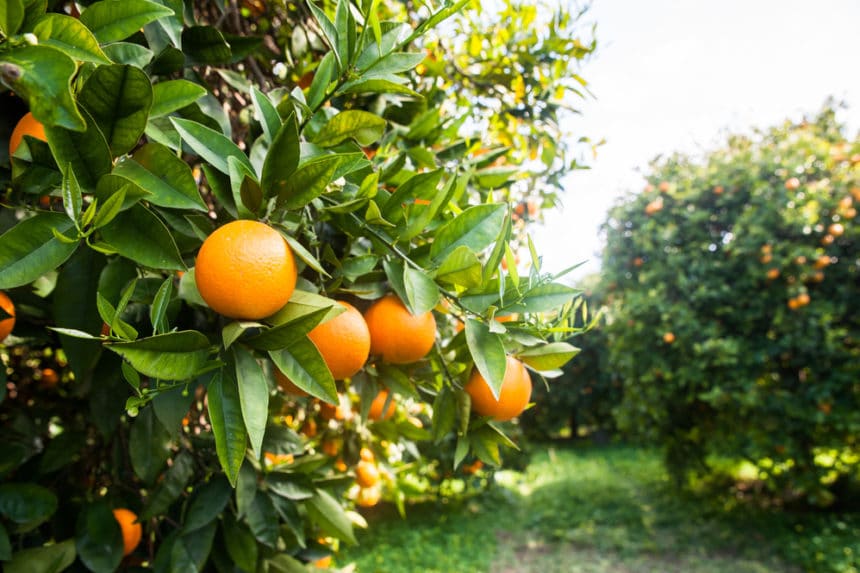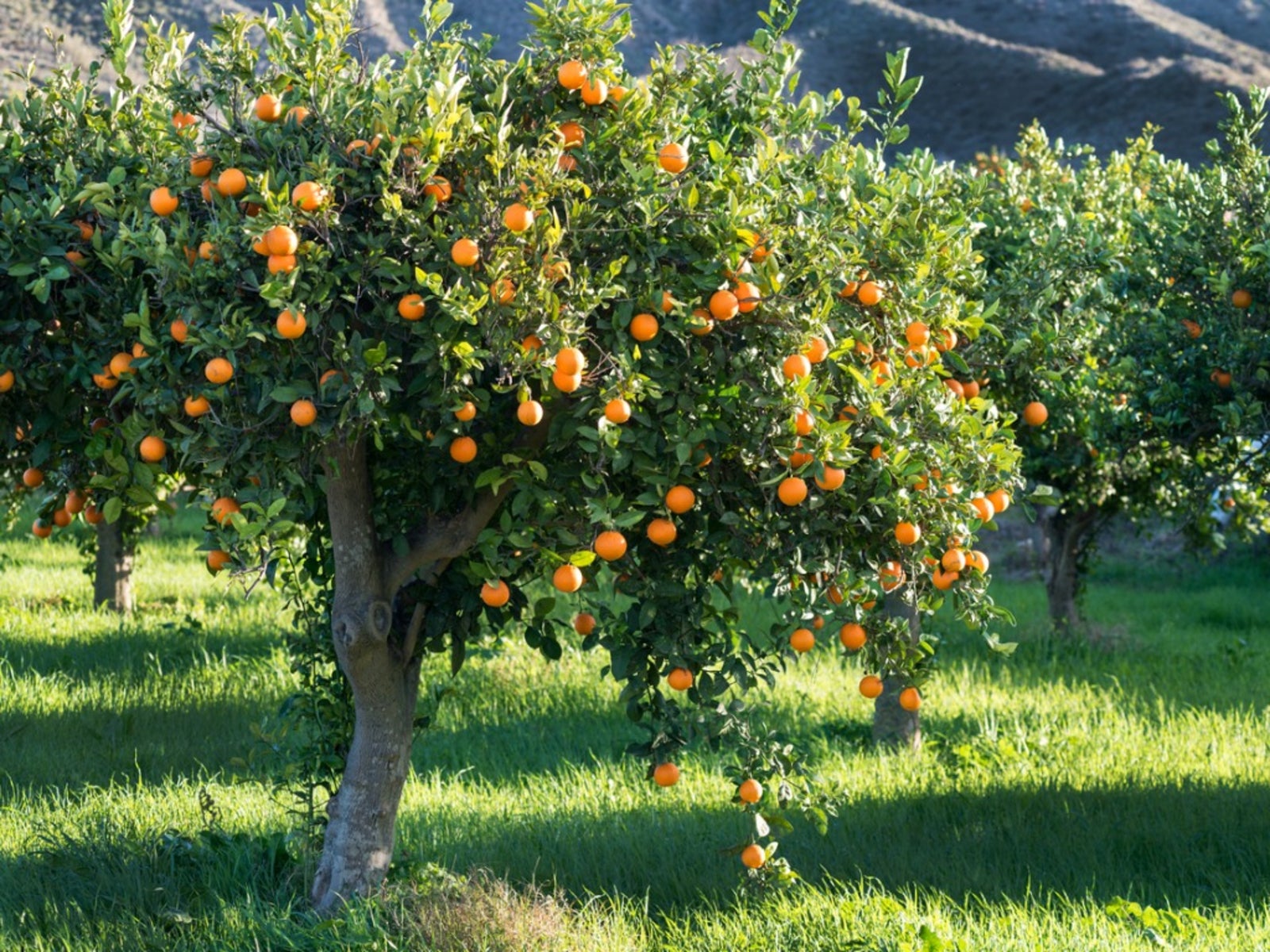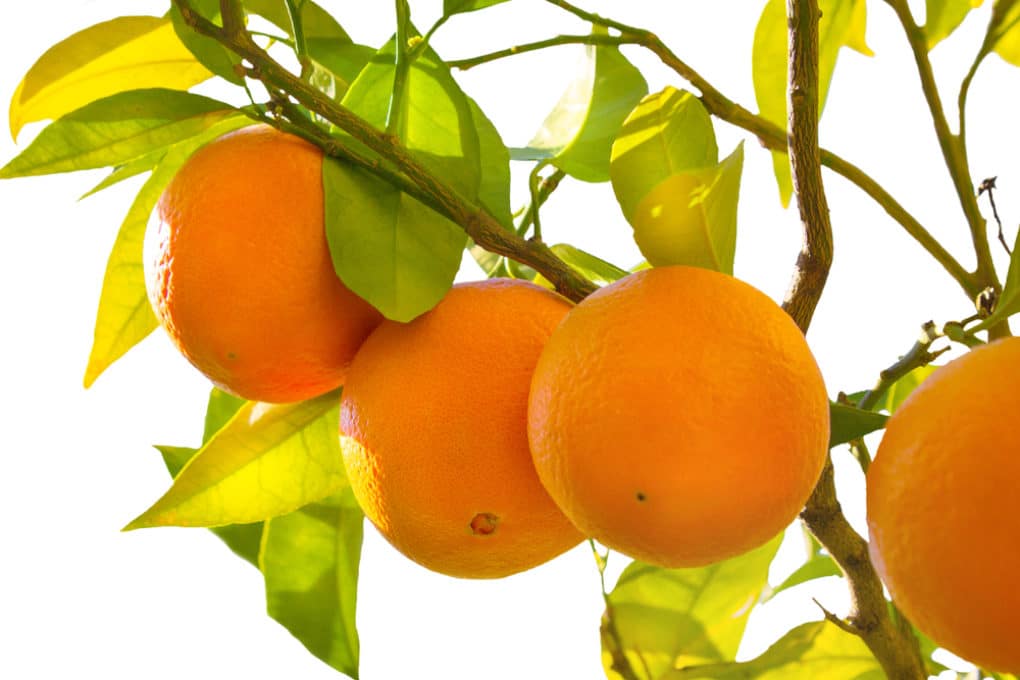Understanding Citrus Fruits and Their Growing Seasons
Oranges, a popular citrus fruit, have specific growing seasons that, when understood and respected, can lead to healthier trees and bountiful fruit production. Knowing the best season for orange cultivation is essential for gardeners and farmers, as it directly impacts the overall growth and yield of the trees. This article will explore the ideal seasons for orange growth in both tropical and temperate climates, as well as provide tips for maximizing fruit production and addressing off-season challenges.
Orange Trees in Tropical and Temperate Climates
Orange trees can be found in various climates around the world, with the two main categories being tropical and temperate. The environmental factors of these climates significantly influence the ideal seasons for orange cultivation, leading to differences in growth patterns and fruit production. Tropical climates, characterized by consistently warm temperatures and ample rainfall, provide favorable conditions for orange tree growth throughout the year. In contrast, temperate climates experience seasonal variations, with cold winters and warm summers, which impact the ideal times for planting and harvesting oranges.
In tropical climates, orange trees can grow year-round, taking advantage of the consistent warm temperatures and abundant water supply. However, in temperate climates, orange trees require a specific number of “chill hours” – hours below a certain temperature threshold – to initiate their blooming and fruiting cycles. This requirement makes the ideal seasons for orange cultivation in temperate climates more defined and dependent on the region’s climate conditions.
The Ideal Season for Orange Growth in Tropical Climates
Orange trees thrive in tropical climates, where the consistently warm temperatures and ample rainfall create favorable conditions for their growth. The ideal season for orange cultivation in these regions is generally year-round, allowing for continuous growth and fruit production. Tropical climates, defined by their consistent warmth and high humidity, offer orange trees the perfect environment to flourish. With temperatures rarely dropping below 60°F (15°C), orange trees in tropical regions can grow and produce fruit throughout the year. The abundant rainfall also ensures that the trees receive the necessary water for optimal growth.
However, it is essential to note that while tropical climates provide favorable conditions for orange tree growth, they can also present challenges such as high humidity and the potential for fungal diseases. Proper care, including regular monitoring, pruning, and fungicide application, can help mitigate these issues and ensure healthy tree development.
Cultivating Oranges in Temperate Climates: Best Seasons
In temperate climates, orange trees require specific seasonal conditions to ensure healthy growth and fruit production. These climates, characterized by their distinct seasons, including cold winters and warm summers, influence the ideal times for planting, nurturing, and harvesting oranges. Orange trees in temperate climates need a certain number of “chill hours” – hours below a specific temperature threshold – to initiate their blooming and fruiting cycles. Generally, a minimum of 100 to 500 chill hours is required, depending on the orange tree variety. These chill hours typically occur between late fall and early spring when temperatures range from 32°F to 45°F (0°C to 7°C).
Once the chill hour requirement is met, orange trees in temperate climates begin their growing season as temperatures rise, usually in late spring or early summer. During this time, trees require consistent watering, fertilization, and pruning to support their growth and fruit development.
It is essential to note that while orange trees in temperate climates can produce fruit outside their ideal seasons, the yield and fruit quality may be negatively affected. Adhering to the best seasons for orange cultivation in temperate climates can help ensure healthier trees and better fruit production.
Blooming and Fruiting Cycles of Orange Trees
Orange trees, like most fruit-bearing plants, undergo distinct blooming and fruiting cycles throughout their growth. These cycles are closely connected to seasonal variations, with different stages of development occurring at specific times of the year. Understanding these cycles can help gardeners and farmers optimize their orange tree care and maximize fruit production. The blooming cycle of orange trees typically begins in the early spring, when trees produce fragrant, white flowers known as blossoms. These blossoms attract pollinators, such as bees and butterflies, which facilitate the pollination process and enable the development of fruit.
Following successful pollination, the blossoms transform into small, green oranges, which continue to grow and mature over several months. The fruiting cycle of orange trees can last between six to eight months, depending on the variety and environmental conditions.
In tropical climates, where temperatures remain consistently warm, orange trees can produce fruit year-round, with multiple fruiting cycles occurring throughout the year. However, in temperate climates, orange trees typically have one major fruiting cycle per year, aligning with the warmer months when chill hour requirements have been met.
Seasonal variations and environmental factors can significantly impact the blooming and fruiting cycles of orange trees. By understanding these cycles and providing proper care during each stage, growers can support healthy tree development and enhance fruit production.
How to Maximize Orange Yields Through Seasonal Care
To achieve optimal fruit production from orange trees, it is crucial to provide proper care during different seasons. By understanding the unique needs of orange trees throughout their growth cycles, gardeners and farmers can significantly enhance their yield and fruit quality. Here are some tips for seasonal care:
Early Spring: Blooming Season
During the blooming season, focus on promoting healthy blossoms and supporting pollination. This can be achieved through regular watering, applying a balanced fertilizer, and encouraging pollinator activity with organic methods or supplemental pollination tools.
Summer: Fruiting Season
During the fruiting season, ensure that orange trees receive adequate water, especially as fruit begins to develop and grow. Monitor trees for signs of pests or diseases and address any issues promptly. Pruning may also be necessary to maintain tree structure and support fruit development.
Fall: Preparation for Winter
As temperatures begin to drop, prepare orange trees for the winter months by reducing watering, mulching around the base, and protecting young trees from frost damage. In temperate climates, this may involve wrapping tree trunks or applying frost protection measures.
Winter: Dormancy
During the dormant season, orange trees require minimal care. However, it is essential to monitor trees for signs of disease or pests and address any issues promptly. In regions with cold winters, protect trees from extreme temperatures and heavy snowfall to prevent damage.
Year-Round Care
Regardless of the season, maintain good tree hygiene by removing fallen leaves and fruit, which can harbor pests and diseases. Regularly inspect trees for signs of problems and address any issues promptly. Proper watering, fertilization, and pruning techniques can help maximize orange yields and ensure healthy tree development.
Challenges and Solutions for Off-Season Orange Growing
Growing oranges outside their ideal seasons can present several challenges, including reduced fruit quality, increased susceptibility to pests and diseases, and decreased overall yield. However, with careful planning and dedicated care, it is possible to grow oranges during off-seasons while minimizing these challenges.
Selecting Cold-Hardy Varieties
In temperate climates, choosing cold-hardy orange tree varieties can help mitigate the risks associated with off-season growing. Cold-hardy varieties, such as the ‘Satsuma’ and ‘Navel’ oranges, are more resistant to frost damage and can produce fruit even in colder temperatures.
Providing Artificial Protection
During colder months, protecting orange trees from extreme temperatures can help maintain their health and productivity. Techniques such as wrapping tree trunks, applying frost protection cloths, or using heaters can help maintain a favorable temperature around the trees, reducing the risk of frost damage.
Monitoring and Addressing Pests and Diseases
Off-season growing can increase the likelihood of pest and disease infestations. Regularly inspecting trees for signs of problems and addressing any issues promptly can help maintain tree health and prevent the spread of pests and diseases.
Adjusting Watering and Fertilization Schedules
During off-seasons, orange trees may require different watering and fertilization schedules to accommodate changing environmental conditions. Adjusting these practices based on the tree’s specific needs can help support healthy growth and fruit production.
Employing Greenhouse Techniques
Utilizing greenhouse technology can help create a controlled environment for orange tree growth during off-seasons. Greenhouses allow growers to maintain optimal temperature, humidity, and light levels, enabling the trees to thrive even when conditions outside are less favorable.
Understanding the Trade-Offs
While off-season orange growing can be challenging, it can also offer unique opportunities, such as extended growing seasons and increased production. By understanding the potential trade-offs and implementing appropriate care strategies, growers can successfully cultivate oranges during off-seasons and enjoy the benefits of healthier trees and better fruit production.
Conclusion: Embracing Seasonal Growth for Healthy Orange Trees
Understanding the best seasons for orange growth is crucial for cultivating healthy trees and maximizing fruit production. By recognizing the unique needs of orange trees in both tropical and temperate climates, gardeners and farmers can provide optimal care and support throughout the various stages of tree development.
Seasonal variations play a significant role in the growth and fruiting cycles of orange trees. In tropical climates, the consistent warm temperatures and ample rainfall create favorable conditions for year-round growth. Meanwhile, temperate climates require a specific number of chill hours and warm growing seasons to support healthy orange tree development and fruit production.
To achieve optimal orange yields, it is essential to implement seasonal care practices tailored to the unique needs of orange trees. Proper watering, fertilization, and pruning techniques can significantly enhance fruit production and ensure healthier trees. Additionally, addressing the challenges of off-season orange growing and employing innovative solutions can help extend growing seasons and increase overall production.
By embracing seasonal growth patterns and implementing dedicated care strategies, orange growers can enjoy the benefits of healthier trees and bountiful fruit harvests. With the right knowledge and commitment, cultivating oranges can become a rewarding and successful endeavor, providing fresh, nutritious, and delicious citrus fruit for years to come.



:max_bytes(150000):strip_icc()/Navel-Oranges-56a5b5a15f9b58b7d0de0e65.jpg)



